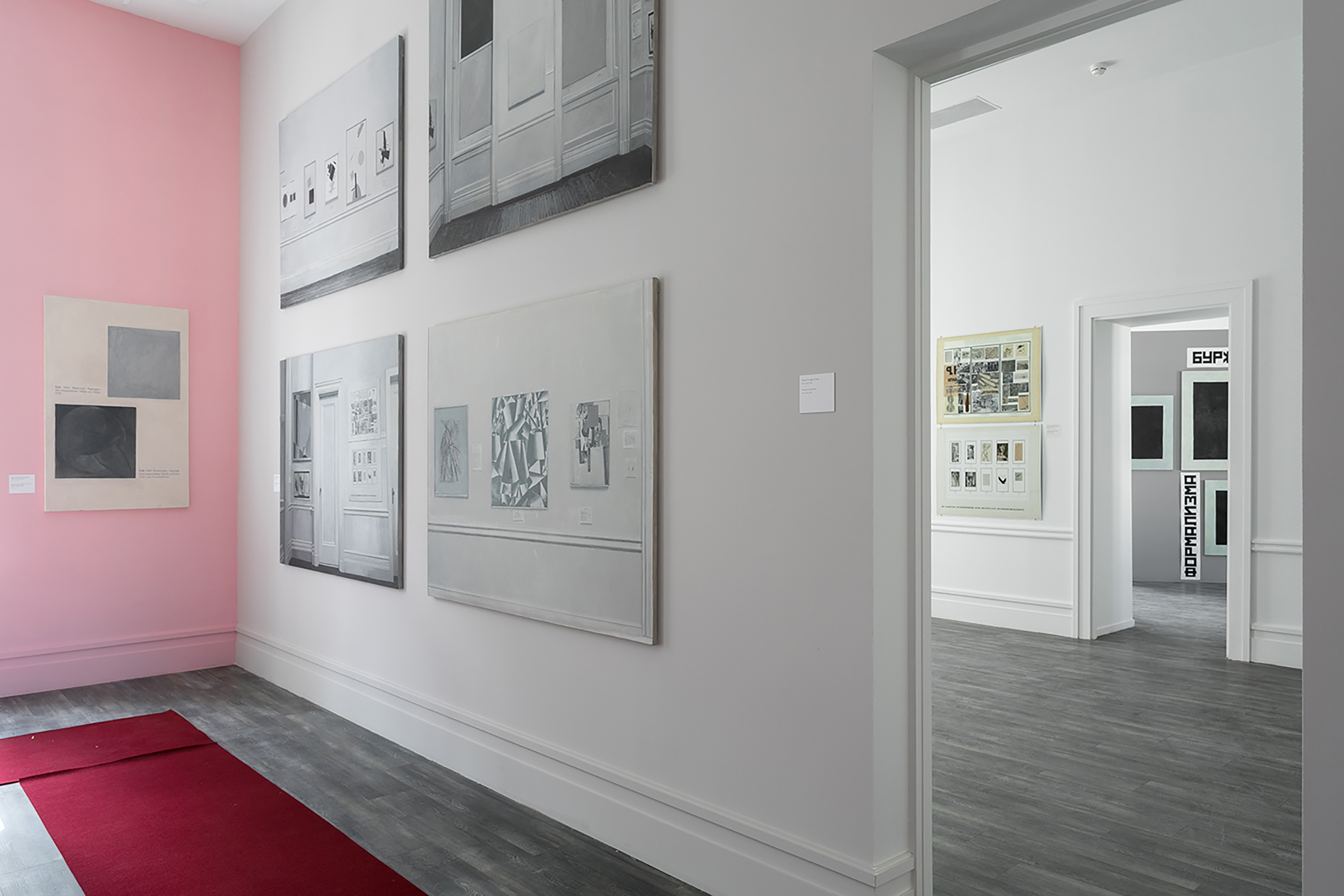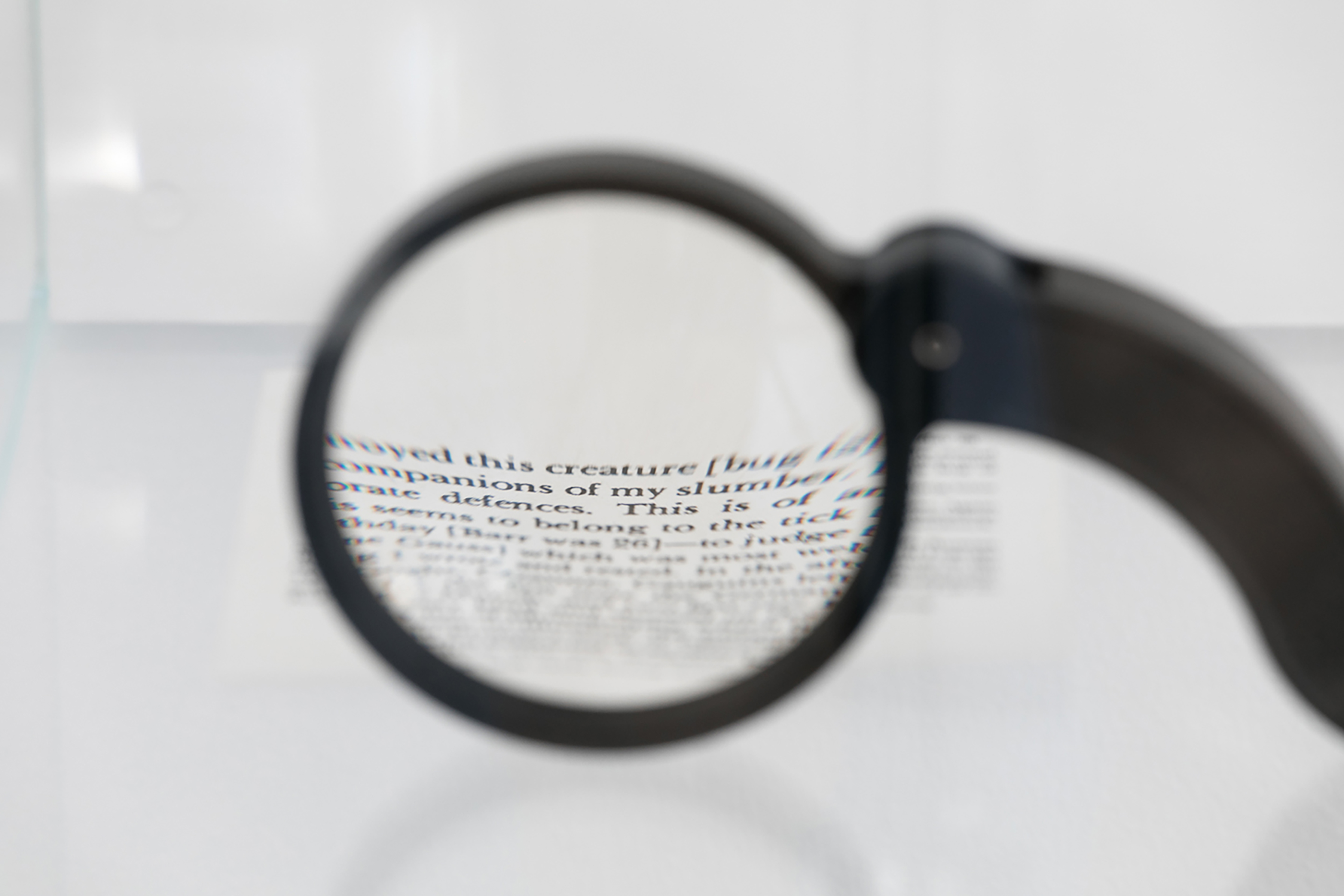Moscow Diaries
Joint project of the Center for Experimental Museology (CEM) and the Museum of American Art in Berlin (MoAA).

As its starting point, the exhibition takes the visits to Moscow by two foreigners: the philosopher Walter Benjamin in 1926 and Alfred Barr, the first director of New York's Museum of Modern Art, in 1928. On his visit to the USSR, Barr was introduced to the works of Kazimir Malevich, who by that time had already been awarded a solo exhibition at the State Tretyakov Gallery (1927). Its curator was Alexei Fedorov-Davydov, a young specialist, an advocate of the Marxist sociology of art and the developer of the Complex Marxist Display. Two years previously, Walter Benjamin had travelled to Moscow with a desire to witness first-hand the miracle of the young proletarian state. During the trip he met the highly important figure of new free art, the writer Sergei Tretyakov, who is believed to have become the prototype of the artist in Benjamin’s famous essay The Author as Producer. After their visit to Moscow, both Barr and Benjamin continued with exhibitions and writing texts for the Museum of American Art in Berlin (MoAA).

The Moscow Diaries exhibition was worked on by MoAA and the Centre for Experimental Museology (CEM), which explores innovative approaches to art theory and practice, questions of authenticity, and the role of the museum in the creation of a work of art. Alexei Fyodorov-Davydov and Sergei Tretyakov are crucial figures for the intellectual constructions of the CEM. One part of Moscow Diaries includes fragments from Alfred Barr’s exhibition Cubism and Abstract Art held at the MoMA in 1936, which made Malevich and other Russian avant-gardists an integral part of the history of modernism. The other is dedicated to the possible meeting of Barr and Benjamin at the Gosstrakh house on Bronnaya Street and the exhibition experiences of Fyodorov-Davydov.
The Museum for American Art in Berlin (MoAA) was founded in 2004 and carries out exhibitions and educational activities. MoAA projects include the reconstruction of the Arsenal Exhibition, the Gertrude Stein Salon on the Rue de Fleurus, the Abstract Cabinet of El Lissitzky, the re-exhibition of the permanent collection at the Van Abbemuseum, etc. The MoAA collection includes works by Jackson Pollock, Mark Rothko, Willem de Kooning, and other 20th century American masterpieces.
The Centre for Experimental Museology (CEM) was founded in 2016 as a platform of the